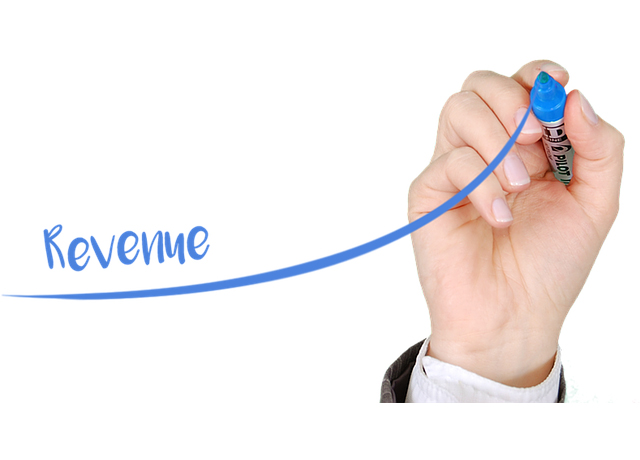The objective of this article is to get you up to speed with Aaron Ross’s predictable revenue model. Whether you’re in sales or marketing it doesn’t matter, at the end of the day you’re here to grow the company. But growing it in a predictable, scalable and repeatable way is a different story.
Waiting for your prospect to come knocking on your door will always be unpredictable, however, the concept is that if you:
“Add one resource(A) and multiply it by an activity(B) the result should bring $X throughout a given time.”
Therefore you need to be thinking about outbound. Meaning, you need to empower your sales representatives and create a process where you can convince a random lead to buy from you. The key term here is the process, this is where many companies fail. The Predictable Revenue sales model will help you create a predictable, repeatable and scalable sales process. The way outbound was meant to be.
Every CEO, VP of Sales, CMO, etc. can empathize with the below image. The worst part of this image is timeline B. This could last for a few months or even a few years. The model explained here will help keep this cycle as short as it can be.

One of the reasons the above scenario occurs is due to the sales planning mistake.
Do you believe or assume that adding one more sales resource or multiplying my existing effort by two will hence do the same to revenue? This is theoretically incorrect. This is because the traditional inside sales model expects a sales representative to research, prospect, nurture, and close deals.
Here’s a different perspective, have you thought about implementing lead nurturing strategies before jumping directly to cold calling? It would surely lift a lot of pressure of the already burdened sales rep.
Most experienced salespeople would agree that prospecting sucks because they’d rather be closing and achieving quota faster.
The following process below is what Aaron Ross implemented at Salesforce which increased their annual recurring revenue by $100 million.
Build a Repeatable Process:
Predictable lead generation model:
- Identify target accounts: Don’t segment by leads but rather target accounts, why? – Because we have to remember that your product is going to impact the company and not only that decision maker.
- Build a list of prospects: Find all the decision makers within that account. Try a free sample of targeted prospects.
- Track conversion rates (Using cold calling 2.0): Rates that you need to keep an eye out for the open & reply rate, opportunities, and customer acquisition.
Dedicated Sales team:
- Hire a second salesperson: This additional resource will facilitate your first salesperson
- Specialize: Keep one person for lead generation and qualification and the other salesperson will specialize in demos and closing. This way you let your salesperson focus on dialing in and creating opportunities.
Documentation:
- Store process in a system: Make sure you add the entire process you’ve followed with results in a system so it can be replicated easily
- Conduct A/B testing and test email content, scripts, drip campaigns and note down what’s working.
Try Cold Calling 2.0
Don’t worry. Cold calling 2.0 has absolutely nothing to do with actual cold calling. This is the approach that Aaron Ross recommended getting new clients on board. Here’s how it goes:
- Identify an ideal customer profile(ICP): This is one of the most important parts of the campaign. Every activity you do revolves around your ideal customer profile. Briefly speaking, your ICP is a person who would deal with or would understand what you’re selling. Some factors you can filter an ICP with are the titles, job roles, location, industry, hobbies, their pain points, etc. For more context, read the article, Identify your Ideal customer Profile in 5 easy steps
- Use the “puppy dog approach”: Often at times, a recipient of a cold email would feel pressurized by receiving a direct sales email. Instead, contact someone else in the hierarchy and simply ask them to direct you to the right person. Yes, you’ll need to act like you don’t know.
- Send a referral email to contact two: Once that person directs you. Use that person as a reference and break through the noise. Voila! You’re not going in cold anymore.
- Jump on call and “sell the dream”: Once you’ve emailed you can now call and use the power of human-to-human marketing. Understand the problem your lead is or could be facing and sell the desired future state that would benefit them.
- Finally, forward the opportunity to an account executive: Again, let your SDR focus on creating more opportunities. Meanwhile, your account executive will follow a demo process to convince and close deals.
There you have it. The $100 million-dollar sales strategy that yielded great results for Aaron Ross. There’s no reason it won’t do the same for you. Lead generation shouldn’t be a headache for you. The only part that your sales team shouldn’t spend time on is building an ultimate list of contacts for you. Of course, Cloudlead can take the entire hassle of building a qualified list of leads. At the end of the day, the predictable revenue model is powered by data and implemented by people.









